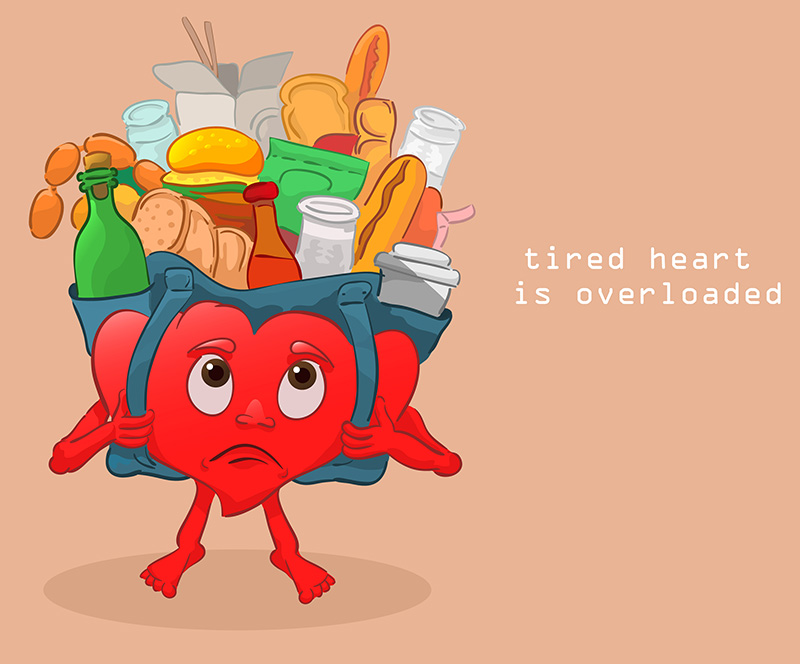Volume 32, Nº 6, November and December 2019
DOI: https://doi.org/10.36660/ijcs.20190160
EDITORIAL
The Burden of Heart Failure in Brazil: Are we Providing Better Care or Just more Expensive Care?
Fernando Luis Scolari
Andreia Biolo

Heart failure is one of the leading causes of cardiovascular morbidity and mortality and affects 0.5 to 2% of the population,1 with significant costs for the healthcare system.2 In 2012, heart failure accounted for over 270,000 hospitalizations in Brazil, corresponding to a cost of more than 170 million US dollars.3 The knowledge of the profile of heart failure patients and treatment outcomes is crucial for the development of health policies and interventions aimed at reducing costs, morbidity and mortality.
In this issue, Nicolao et al.,4 published a retrospective analysis of data from the Brazilian public health system (DataSUS), evaluating morbidity, mortality, and costs related to heart failure in adult patients, considering three geographic dimensions: the state of Rio Grande do Sul, its capital Porto Alegre city, and Brazil.4 A ten-year period was selected, January 2007 to November 2017.
Heart failure accounted for over one-quarter (25.38%) of the hospitalizations in the public health system in Brazil in 2007, with a reduction to 19.4% in 2017, with similar trends in Rio Grande do Sul state (18.4%) and Porto Alegre city (13%). Most patients were older than 40 years, with an increasing incidence of heart failure until the age of 79. There was an increase in the sex ratio, towards male, for patients admitted due to heart failure, mainly in Porto Alegre. Hospital length of stay increased in about one day, from 6.4 to 7.4 days in Brazil and from 6.7 to 7.5 in Rio Grande do Sul. However, in Porto Alegre, hospital length of stay differed from the other series, reaching 10.1 days in 2007, and with a slight increase to 10.6 days in 2017. The costs of heart failure hospitalization increased in all series, and it was more costly in Porto Alegre than in Brazil and Rio Grande do Sul state. Finally, mortality rate reduced over time from 2.67% to 2.17% in Brazil and from 2.86% to 2.16% in Rio Grande do Sul. Porto Alegre showed a greater reduction, from 2.02% to 0.79%. Taken together, these findings might reflect on more heart failure patients referrals to tertiary centers in Porto Alegre.
Keywords: Heart Failure/physiopathology; Heart Failure/ mortality; Epidemiology; Hospitalization; Unified Health System; Health Systems Plans; Mortality & Morbidity.











